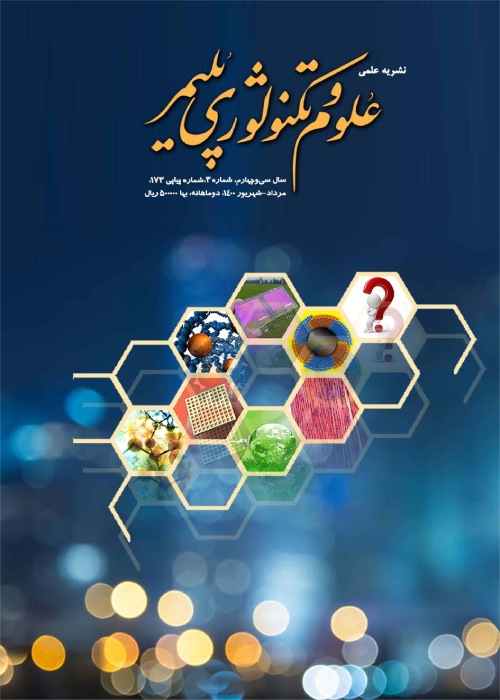Flame Retardant Compounds for Epoxy Resins: A Review
Epoxy resins are widely used as encapsulating materials in the electronic and electrical industries, transportation, coatings, adhesives, and advanced composite matrices owing to their excellent heat, moisture and chemical resistance, high tensile strength, low shrinkage on curing, and excellent dimensional stability. Epoxy resins are very flammable; this nature seriously restricts their widespread applications, especially in the areas requiring high flame retardancy. To address this challenging problem, several approaches, such as use of halogen-based flame retardant, organophosphorus compounds (e.g., ammonium polyphosphate and melamine polyphosphate), inorganic flame retardants (most widely used alumina trihydrate and magnesium hydroxide known as ATH and MDH, respectively), nitrogen-based flame retardants, silicon-based flame retardants, intumescent flame retardants, and nanomaterials have been proposed. Phosphorus-containing compounds are mostly used as substitutes for the halogenated compounds in flame-retardant epoxy resins. Various phosphorus compounds are used as additive or reactive flame retardants. Comparing the additive flame retardants, reactive organophosphorus compounds present excellent flame retardant efficiency in the case of epoxy resins and it can be chemically linked to the backbone of the network either through being part of the curing agent or through the structure of epoxy resins itself and giving intrinsic flame retardancy. In this review, classification of flame retardants (halogen-based flame retardants, organophosphorus compounds, inorganic flame retardants, nitrogen- and silicon-based flame retardants, intumescent flame retardants and nanocomposites), the combustion cycle of polymers and application of flame retardants, especially phosphorus-based flame retardants for epoxy resins are introduced and classified. Experimental test methods for evaluation of flame retardancy like UL-94, limiting oxygen index and cone calorimeter are also discussed.
- حق عضویت دریافتی صرف حمایت از نشریات عضو و نگهداری، تکمیل و توسعه مگیران میشود.
- پرداخت حق اشتراک و دانلود مقالات اجازه بازنشر آن در سایر رسانههای چاپی و دیجیتال را به کاربر نمیدهد.



